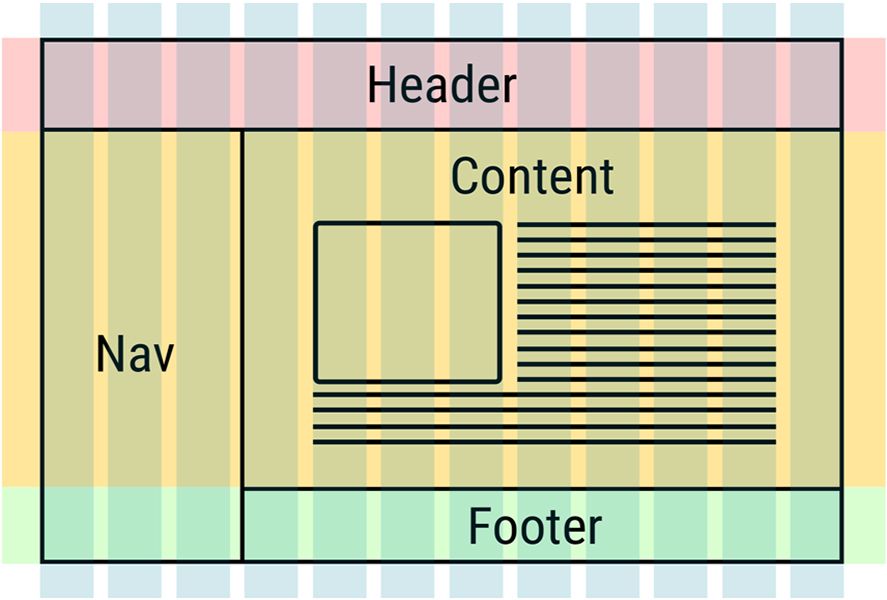While a few days ago we were singing the praises of all the novelties of the latest version of Firefox, today it’s the turn of its number 1 rival: version 57 of Google Chrome arrives with several new features, foremost among them a savings in the memory and CPU consumption. The most popular browser in the world has always had a serious problem with draining system resources, and though they’ve been talking about fixing this for a while, they haven’t gotten far in doing it to be honest. Though from Chrome 55 onward the smartphone version was considerably optimized, there was still a lot of room for maneuver, especially on the desktop. Or at least that was the case until this latest update appeared, bringing internal improvements along with it.

Version 57 solves several problems and adds support for WebAssembly
The new version of Chrome doesn’t boast any sweeping revisions, but it does have a couple interesting additions that make using the browser better and prepare it for the future. The inclusion of support for WebAssembly is along these lines: this open standard boosts the performance of games and apps, a set of tools that beat out JavaScript by using less code and working faster.
Another new addition is the implementation of CSS Grid Layout, a web design feature to create 2D matrices and lay out responsive elements more easily. A design feature that helps elements in different resolutions mesh better. This is good news for users as much as it is for developers. Besides these additions, fixes have been included for the typical security bugs for a new version – 36 of them, to be precise, and you can check them out in detail in the team development blog.

Background tabs now consume less memory
Although the changes above are certainly praiseworthy, what people are most interested in is how the update cuts down on memory drain. Using several tabs in Chrome can be a giant headache for tons of people with the concomitant strain on system resources. But this seems to have changed now that the consumption of tabs running in the background has been limited to 1% of CPU. Plus any JavaScript processes in these tabs will be suspended until you go back to them. No more crying when you see Chrome’s RAM and CPU usage in the task manager.
This new feature won’t affect tabs that have audio playing in them (Vimeo, YouTube, podcasts online…) or ones that use real-time connections like WebSockets or WebRTC. The point of this change is to save battery on laptops – although it’s still cause for celebration for any Chrome user, whatever machine they’re browsing on.
New features on Chrome for Android, too!
On top of the changes for compatible machines, Chrome will also roll out several improvements for its Android app. The new version still isn’t out but apparently the controls for the lock screen notifications are getting an upgrade and a new Media Session API that adds important changes to the device notifications. Plus there will be support for the Progressive Web Apps that are one of Google’s latest big bets. As soon as this update comes out we’ll give you a detailed rundown here on Uptodown.
More info | Chromium Blog
Google Chrome for PC on Uptodown | Download
Google Chrome for Android on Uptodown [APK] | Download












